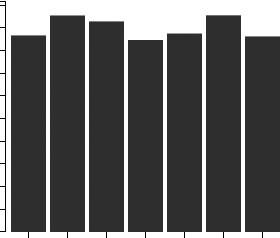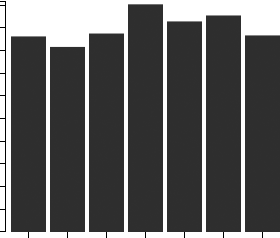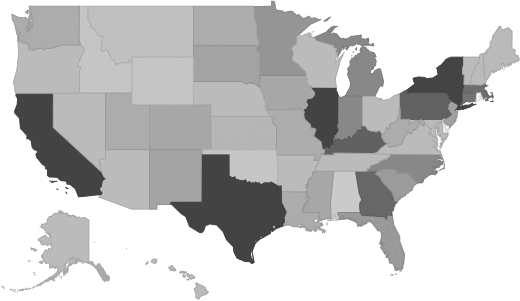- (800) 311-5355
- Contact Us
| Historical | Forecasted | ||||||||||
|---|---|---|---|---|---|---|---|---|---|---|---|
| 2020 | 2021 | 2022 | 2023 | 2024 | 2025 | 2026 | 2027 | 2028 | 2029 | 2030 | |
| Market Size (Total Revenue) | Included in Report | ||||||||||
| % Growth Rate | |||||||||||
| Number of Companies | |||||||||||
| Total Employees | |||||||||||
| Average Revenue per Company | |||||||||||
| Average Employees per Company | |||||||||||



| Company Size | All Industries | Meat Markets |
|---|---|---|
| Small Business (< 5 Employees) | Included | |
| Small Business (5 - 20) | ||
| Midsized Business (20 - 100) | ||
| Large Business (100 - 500) | ||
| Enterprise (> 500) | ||
| Industry Average | Percent of Sales | |
|---|---|---|
| Total Revenue | Included | |
| Operating Revenue | ||
| Cost of Goods Sold (COGS) | ||
| Gross Profit | ||
| Operating Expenses | ||
| Operating Income | ||
| Non-Operating Income | ||
| Earnings Before Interest and Taxes (EBIT) | ||
| Interest Expense | ||
| Earnings Before Taxes | ||
| Income Tax | ||
| Net Profit | ||

Cost of Goods Sold
Salaries, Wages, and Benefits
Rent
Advertising
Depreciation and Amortization
Officer Compensation
Net Income
| Financial Ratio | Industry Average |
|---|---|
| Profitability Ratios | Included |
| Profit Margin | |
| ROE | |
| ROA | |
| Liquidity Ratios | |
| Current Ratio | |
| Quick Ratio | |
| Activity Ratios | |
| Average Collection Period | |
| Asset Turnover Ratio | |
| Receivables Turnover Ratio | |
| Inventory Conversion Ratio |
| Product Description | Description | Revenue ($ Millions) |
|---|---|---|
| Industry total | Included | |
| Groceries & other foods for human consumption off the premises | ||
| Meat, fish, seafood & poultry, including prepack meats req refrigeration | ||
| Frozen foods, including packaged foods sold in a frozen state | ||
| Delicatessen items, including deli meats & other service deli items | ||
| All other foods | ||
| Produce, including fresh & prepackaged fruits & vegetables | ||
| Dairy products & related foods, including milk, cheese, butter | ||
| Meals, snacks and beverages prepared for immediate consumption | ||
| All other meals & snacks | ||
| Title | Percent of Workforce | Bottom Quartile | Average (Median) Salary | Upper Quartile |
|---|---|---|---|---|
| Management Occupations | 2% | Included | ||
| Chief Executives | 0% | |||
| General and Operations Managers | 1% | |||
| Food Preparation and Serving Related Occupations | 13% | |||
| Cooks and Food Preparation Workers | 7% | |||
| Food Preparation Workers | 6% | |||
| Food Preparation Workers | 6% | |||
| Sales and Related Occupations | 44% | |||
| Supervisors of Sales Workers | 6% | |||
| First-Line Supervisors of Sales Workers | 6% | |||
| First-Line Supervisors of Retail Sales Workers | 6% | |||
| Retail Sales Workers | 38% | |||
| Cashiers | 32% | |||
| Cashiers | 32% | |||
| Retail Salespersons | 5% | |||
| Retail Salespersons | 5% | |||
| Office and Administrative Support Occupations | 25% | |||
| Material Recording, Scheduling, Dispatching, and Distributing Workers | 18% | |||
| Stock Clerks and Order Fillers | 18% | |||
| Stock Clerks and Order Fillers | 18% | |||
| Production Occupations | 7% | |||
| Food Processing Workers | 6% | |||
| Transportation and Material Moving Occupations | 6% | |||
| Material Moving Workers | 5% | |||
| Laborers and Material Movers, Hand | 5% | |||
| Company | Address | Revenue ($ Millions) |
|---|---|---|
Included | ||